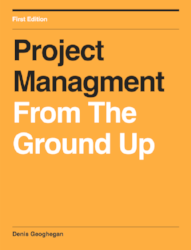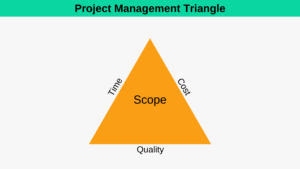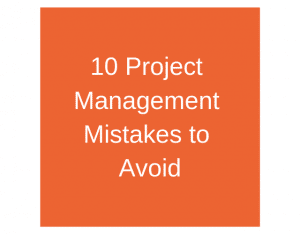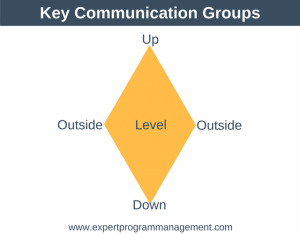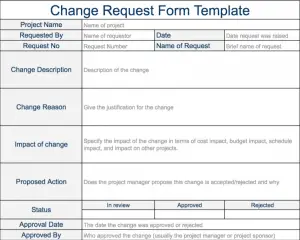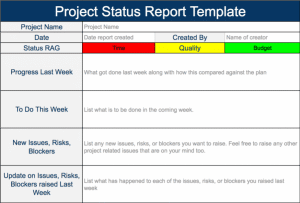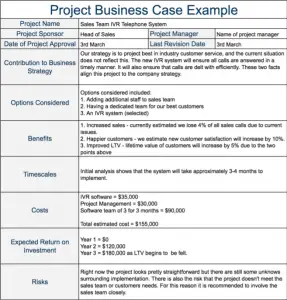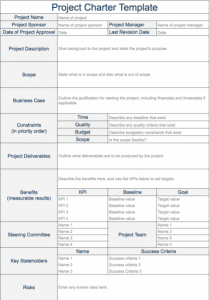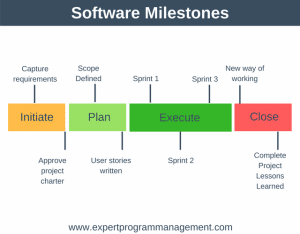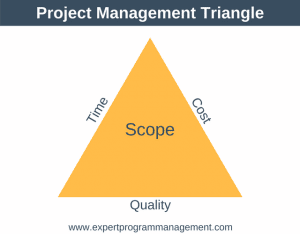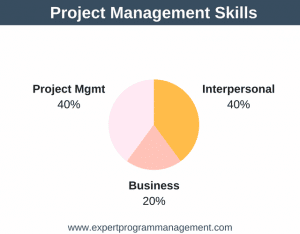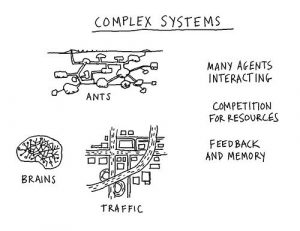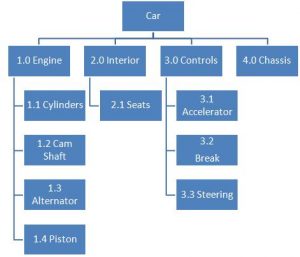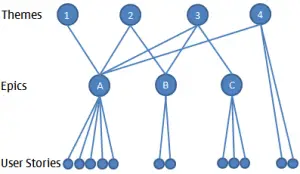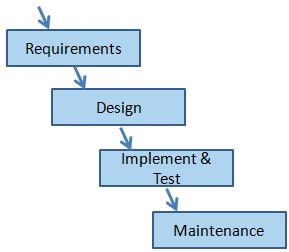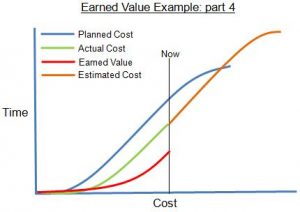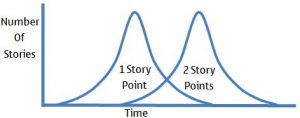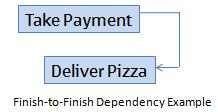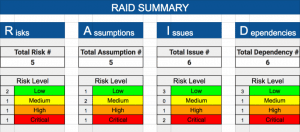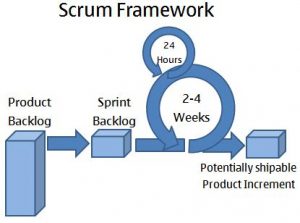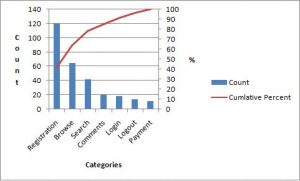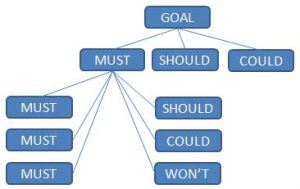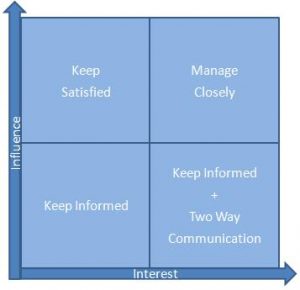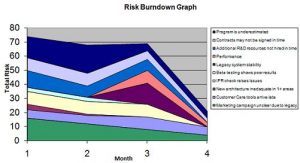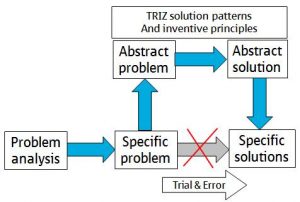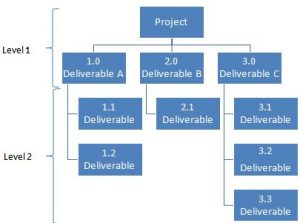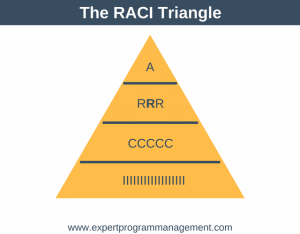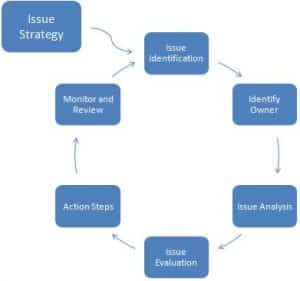Project Management: Start Here
A project can be defined as, “a temporary endeavor undertaken to create a unique product, service or result.” From this definition of a project, we can define project management as, “the processes, techniques, and skills to achieve the objectives of the project.”
If you are new to project management we suggest you start with these articles:
Once you’ve read those you can get a slightly deeper understanding of project management by reading The Ultimate Guide to Project Management. This guide will walk you through key project management terms, the different project lifecycles used in projects, as well as the key skills required to be a project manager.
Our book provides a step-by-step guide to manage any project for both new and experienced project managers.
The templates associated with the book give you the practical tools you need to get your project up and running fast.
Project Phases
There are many different ways to run projects. A popular method is to break them down into five phases. These are shown in the diagram below:
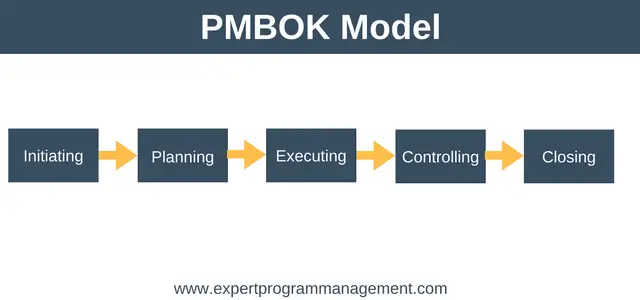
This is the method used by the Project Management Institue, in their Project Management Body of Knowledge (PMBOK). This is probably the most widely used project management process globally today, which is why we present it here. This is just one way to run a project. Remember there are many others that can be just as effective or even more effective in certain situations.
Let’s look at each of these phases in turn…
1. Initiating
In this stage, the project is given formal authorization to begin. One of the key documents to create during this phase is the Project Charter. Learn more about initiating a project in the following articles:
2. Planning
In this stage, we finalize exactly what is to be built, and we create a plan to build it. The entire project doesn’t have to be planned from the start. Instead, you can plan using milestones, where you complete one manageable part of the project at a time. Here are some articles useful for planning a project:
- Milestones in Project Management
- How to Plan a Project
- Product Breakdown Structure
- Fast Project Planning
- Rolling Wave Planning
- Work Breakdown Structures
3. Executing
In this phase, we build the outputs of the project, and the project manager’s job is to carefully monitor project’s execution. This involves organizing status meetings, keeping tracking metrics up to date, and managing stakeholders expectations, amongst other things. The schedule will need to be updated to reflect any new information. Here are some articles for managing the execution of a project:
- Project Status Report Template
- Communication in Project Management
- Quality Control vs. Quality Assurance
4. Controlling
As a project is being executed you’ll need to keep it under control. This is the real meat of project management, and as project manager, you’ll need to get creative to manage the risks, issues, and scope of the project.
Here are some articles which can help:
5. Closing
Finally, when closing a project it is important to do so in a graceful way and collect the learnings from the project. Here are some articles which can help you:
Risk Management
Risk management is an important part of project management. A risk is something which has the potential to impact your project in a negative (or sometimes positive) way. Risks need to be closely monitored and managed if you’re going to achieve a successful project outcome.
You can learn more about risk management in these articles:
Agile Project Management
Agile is becoming increasingly popular, particularly in the software development world. The following articles should give you an understanding of Agile as a topic and how it can relate to project management.
- Push vs Pull Systems
- Burn Down Chart Template
- The SCRUM Process
- Agile Portfolio Planning Game
- The Difference between Themes, Epics, and Stories
Further Reading…
All of the articles we’ve listed above are just some of the articles we have in this section. There are much more, including:
